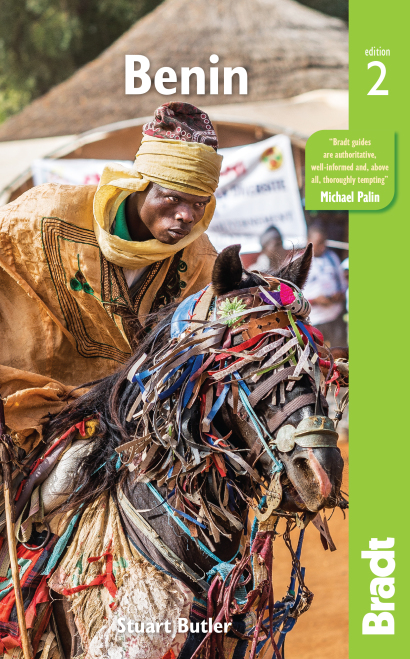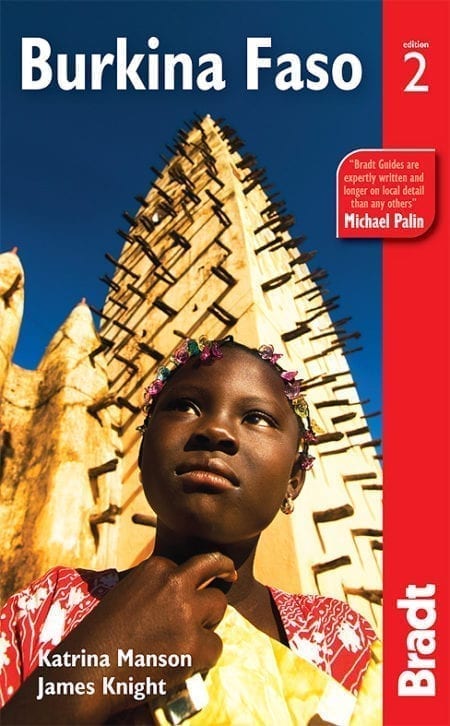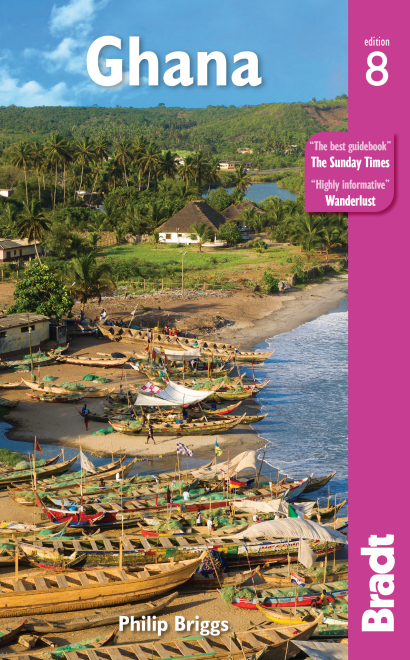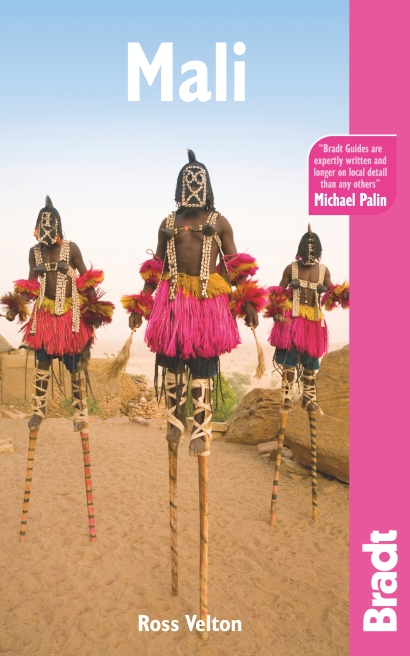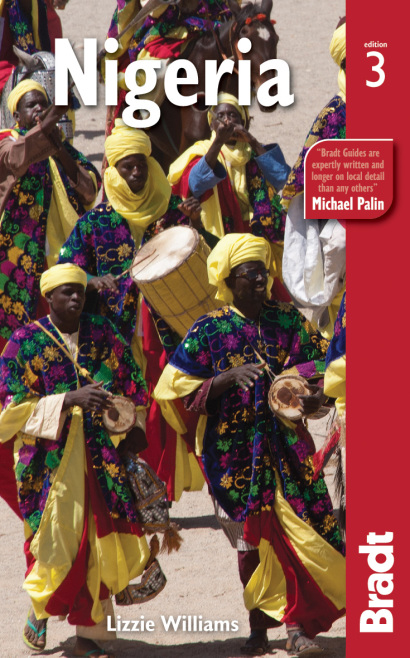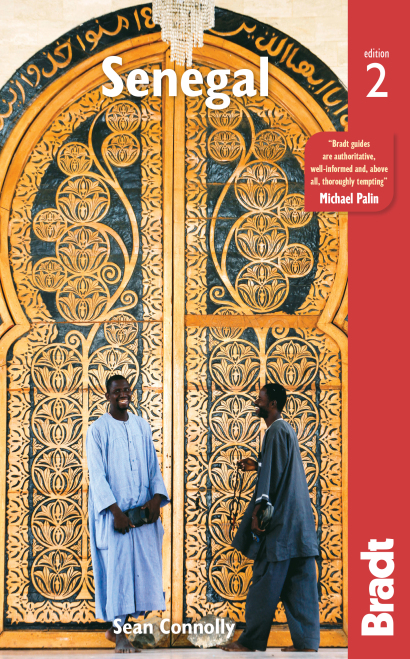From Senegal to Ghana, West Africa is known for its fantastic mosques – each an architectural masterpiece in their own right.
Djenné Mosque, Mali
This is the largest mud structure in the world, and must also have a claim to be the most beautiful. Standing 18.5m tall, it dominates Djenné’s central square and is the town’s pièce de résistance. The present-day mosque dates from 1907 and its architecture is classically Sudanese.
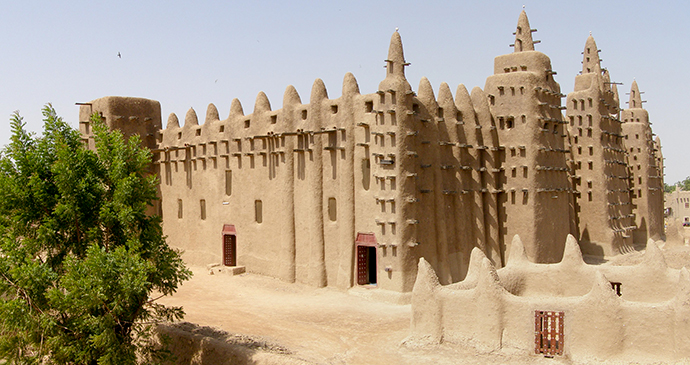
The three minarets are each more than 10m high and, along with the rest of the structure, are riddled with bunches of wooden sticks or toron. The ends of these bits of wood sticking out of the façade do actually serve a purpose, not only as decoration, but also as scaffolding when repairs become necessary. For example, each year before the start of the rainy season, the people of Djenné volunteer to resurface the mosque with a new layer of banco by hand. Huge quantities of banco are hauled up to the Djennenké, whose feet seek support on the wooden protrusions. This massive event is known as Crépissage and usually takes place in April.
Djingareiber Mosque, Mali
Three mosques in Timbuktu are classified as World Heritage Sites, but the oldest Djingareiber Mosque, is arguably the most interesting and probably the landmark most closely associated with the town.
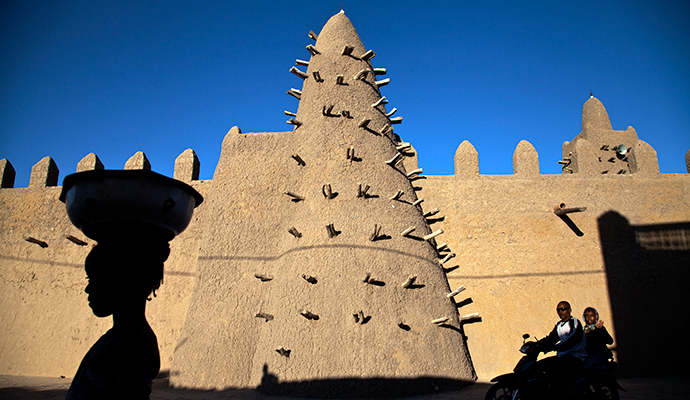
Built in 1325 by an Andalucian architect and poet, Es Saheli, on the orders of Kankan Moussa, who had just returned from his pilgrimage to Mecca full of religious zeal, the Djingareiber Mosque is shaped like a pyramid at its base and has conical towers.
There is a platform at the top with good views of the city and upon which René Caillié apparently made some of his notes. However, this entrance is currently closed to the public. This is for two reasons: first, renovations, and secondly, as in Djenné, infidels. Still it’s a sight not to be missed, particularly on a Friday when 15,000 people flock to the mosque to pray.
Great Mosque, Senegal
This is the most important Murid monument in Senegal, sitting on a great square at the centre of Touba. Avenues converge on it from all directions and its tallest minaret can be seen from far and wide. Construction began in 1931 but was interrupted in 1939 by World War II; work resumed in 1948 and the mosque was inaugurated in 1963.
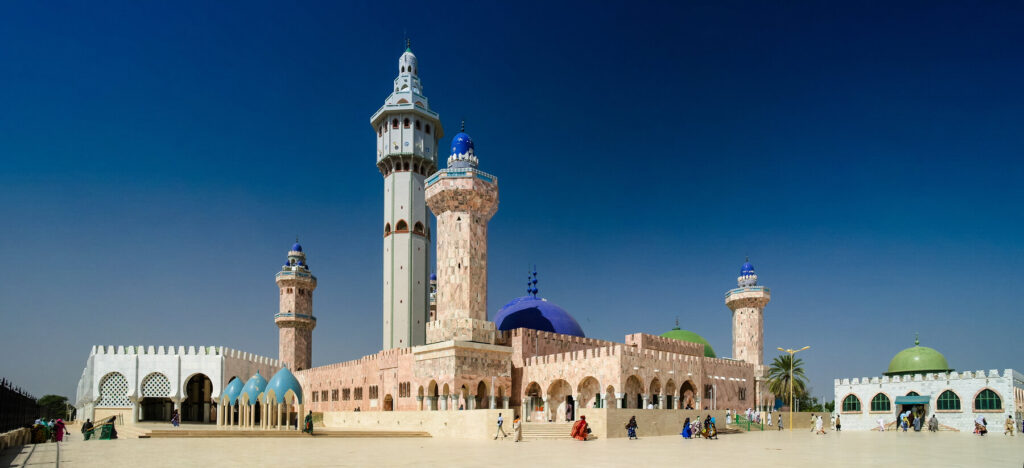
It has three large domes; the one in the northeast corner rises above Cheikh Ahmadou Bamba’s tomb. The mosque originally had five minarets; two more were added in 2014. The towering central minaret (87m), known as ‘Lamp Fall’, is a popular Murid symbol. The mosque was extended in 1987–88 when prayer galleries were added, and it was entirely resurfaced in white and pink marble in 1996–97.
Larabanga Mosque, Ghana
Arguably the best-known and possibly oldest of the few West Sudanese structures that survive in northern Ghana, Larabanga Mosque is a broadly rectangular timber-frame structure whose whitewashed mud walls are supported by around a dozen bulbous buttresses spiked with protruding timber struts.
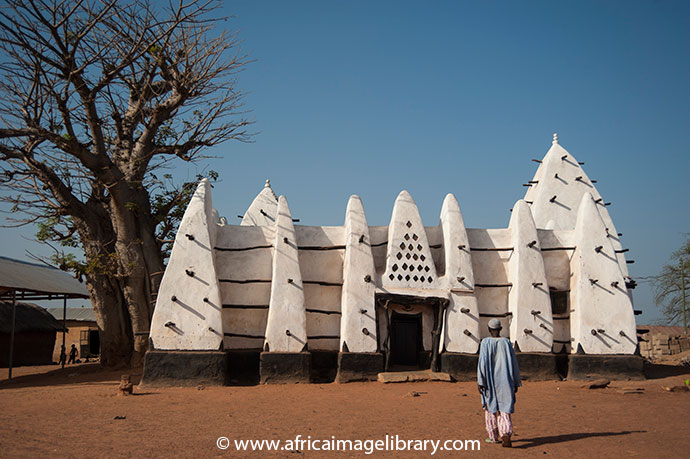
The tallest parts of this rather surreal apparition are the mihrab and minaret, which take the form of pyramidal towers rising almost twice as high as the main building. The western wall is shaded by a baobab that some claim matches the building itself for antiquity. Not only is Larabanga a masterpiece of West Sudanese architecture, but it is also an important pilgrimage site for local followers of Islam.
Bole Mosque, Ghana
Bole’s beautiful mud-and-stick mosque is often claimed to be the second-oldest of its type in the country. The ancient mosque isn’t readily visible from the main road, but it’s easy enough to find, situated about 50m behind the modern mosque, a major landmark with its five-storey parapet.
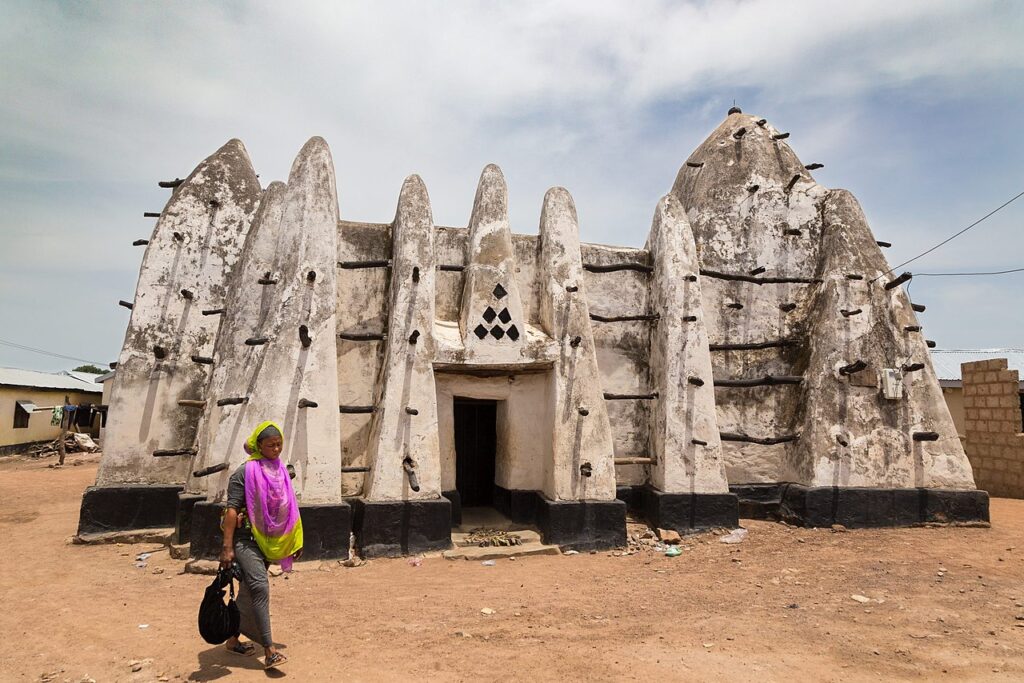
Although it may not be as old as its counterpart at Larabanga, Bole Mosque also suffers from far less hype and bureaucracy. The friendly chief imam, whose palace is signposted next door, charges US$2.50 for taking you inside the mosque and up to the roof. He is also very relaxed about photography and women visitors, who should wear head scarves.
Sand Dune Mosque, The Gambia
The sacred pilgrimage site of Kenye-kenye Jamango, which attracts Islamic scholars and worshippers from all over West Africa, is also known as the Sand Dune Mosque, perched as it is atop a 10m-high dune overlooking the beach. The site is sacred because of a visit there by El Hadj Umar Tall (1797–1864), the founder of the short-lived Toucouleur Empire and influential leader of the Tijaniyya Brotherhood that has since become the largest Sufi order in West Africa.
He stayed in several places in The Gambia, but at this site near Gunjur longer than anywhere else, praying in the shade of trees and large boulders. Everybody is permitted to visit the sacred grounds, and to view the mosque, but only Muslims can enter the building (an architecturally uninteresting concrete construction).
Grand Mosque, Burkina Faso
Across the road from the old city, Bobo’s old mosque is the largest in Burkina Faso, and a quintessential example of Sudanese mud-brick architecture. It is the result of both religious devotion and a neat piece of politics by the King of Sya.
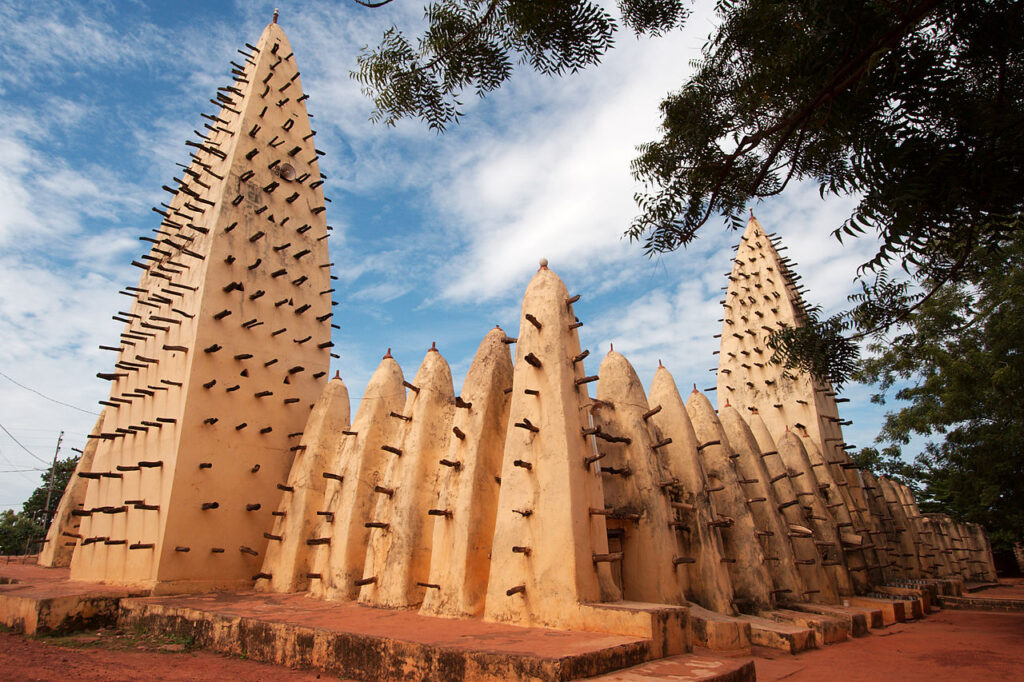
Menaced by the King of Kenedougou, Sya’s monarch sought the help of the Almamy Sidiki Sanou, an Islamic religious leader, who lent his military aid in return for the construction of a town mosque. King Tieba of Kenedougou was stopped 30km short of Sya, and work on the mosque began at the start of the 1890s. Although it recalls the mosque at Djenné, with its distinctive ‘sugarloaf ’ minarets, the banco construction here has been whitewashed.
Tourists are allowed to enter; unmarried women may like to reflect on the privilege, which is barred to their Muslim counterparts. If you don’t already have a guide, numerous young bucks hang around hoping to play the role, but try instead one of the more knowledgeable imams.
Grand Mosque, Benin
Originally a church, this ornate Baroque structure in Porto-Novo is painted in so many dazzling hues that, if someone made the effort to clean it once in a while, it could make the average Beninese woman’s dress seem sober by comparison.
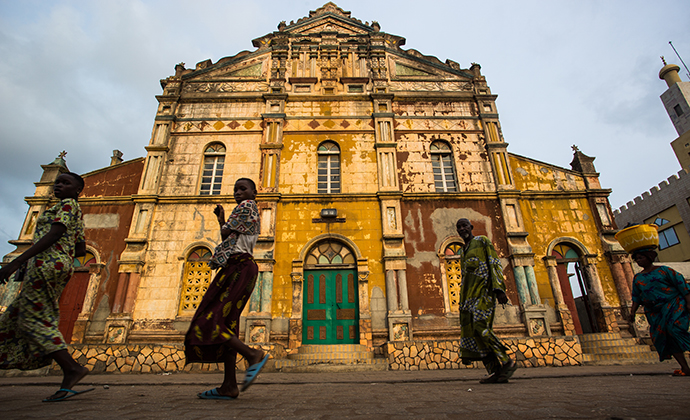
Rumour has it that this building provided the inspiration for the colourful churches of Sao Salvador de Bahia, the Brazilian port city built on money from the slave trade. The somewhat run-down state of the building means that today it’s only ever used for Friday prayers (the most important day of prayer for Muslims).
The rest of the time Porto-Novo’s Muslim population head next door to the intensely ugly 1970s-era mosque. The Grand Mosque is normally kept locked but by asking in neighbouring shops you should be able to locate the Mullah who will normally allow you inside for a nominal tip. There are good views over the city from the roof.
Sorobango Mosque, Ivory Coast
Erected in the 17th century according to the inimitable Sudanic sensibility, this Ivory Coast treasure has russet clay and tree bark walls that must be renovated after every wet season and pyramidal pillars that, in the old days, would be crowned by an ostrich egg.
This animist motif pre-dating Islam was believed by the West African Muslims of the time to protect the narrow, tapered tops of the pillars from the ravages of the weather. Later on, the ostrich egg was superseded by ceramic imitations of eggs, some of which are still intact in the 2000m2 mosque.
National Mosque, Nigeria
Abuja’s National Mosque is a standout feature of the city’s skyline. The mosque is a fine building with a golden dome and tall minarets. It was built in 1984, and inside is the main prayer hall, a library, conference hall and religious school.
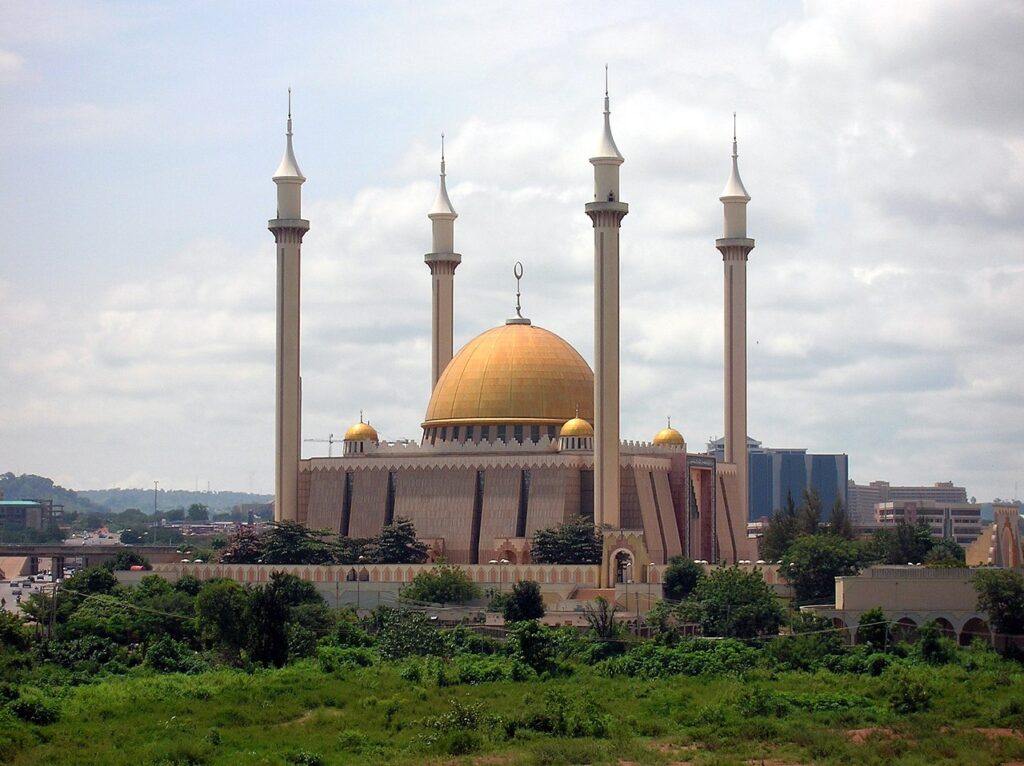
Non-Muslims (including women) can go inside outside of prayer time, and there’s an office beside the entrance where you fill out a form and pay a dash to get permission. On Friday afternoons there is a street market outside the mosque.
More information
For more information, check out our selection of West African guides:
